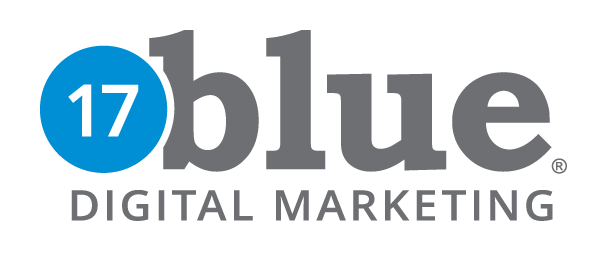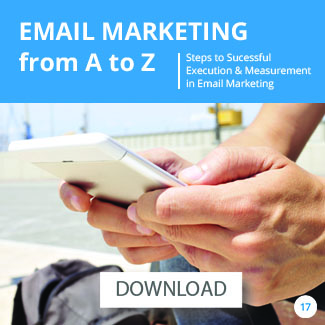People tend to apply the same standards to business communication that they hold for personal communication. They expect it to be specific to them, and have little patience for anything that feels like spam. They expect companies they agree to interact with will recognize their needs, value their time and provide useful information, products, services, and solutions.
Email is a powerful tool for interacting with prospects and customers. It’s a part of the conversation and brand experience. Your first impression sets the tone for what comes next, so it’s important your first email interactions create a positive experience by meeting their expectations for relevancy, value and personalization.
One of the simplest and most effective ways to connect with your email recipient is to replace generic pronouns with individual names and company names. In How to Win Friends and Influence People, Dale Carnegie wrote, “Remember that a person’s name is, to that person, the sweetest and most important sound in any language.” Using a person’s name is likely to be noticed and viewed more favorably.
A primary hurdle marketers face is building and maintaining a healthy contact list. Developing a central customer and prospect database is a critical first step. The more information you have about each contact, the more personalized your content can be. At a minimum, you should have their first name, last name, company name, and email address. It’s even better if you can begin to collect information about their age, occupation, and geography. This type of information can help you send targeted information and offers to your customers, which will appeal to them specifically.
Virtually every email marketing system available today can use variable data tagging to extract personalized content from lists, inserting that information into every email you send out. To maximize your chances for success, keep your data updated and accurate. Getting your recipient’s name or company wrong- or repeatedly having to fall back on generic greetings due to incomplete data – won’t go over as well with your recipients and will impact email open rates.
Related: 9 Email Marketing Metrics to Measure
Traditional cookie-cutter marketing efforts are far less effective today. Consumers expect a personalized experience, and it works. Personalized emails deliver six times higher transaction rates, but 70% of brands fail to use them. Start small if you need to – but start. Any level of personalization is likely to produce better results than completely generic messaging. Here’s a visual from MarketingLand.com showing unique open rates for emails with personalized subject lines by industry.







